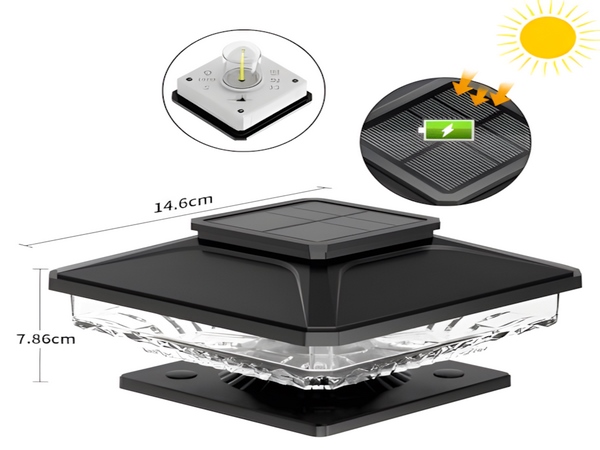
Solar lights consist of five units, with the quality of the solar cells and solar panels determining their normal operation. Therefore, if issues arise between them, the entire solar lighting system may be compromised. Additionally, what causes the most concern is the very low cost of solar lights. Some customers pursue the perfect solar light at the lowest cost, neglecting its quality. Ultimately, some manufacturers use inferior materials to keep costs down and sell at low prices. Why, then, is the flashing time of solar lights getting shorter than previously set? Below, we analyze the situation in detail:
First, check the solar panel for any obstructions such as tree branches. In winter, excessive dust or snow can hinder the solar panel’s ability to absorb sunlight, threatening the flashing time of the solar lights.
Second, inspect whether the solar control panel is faulty. For instance, if it rains frequently in summer, it can lead to water accumulation; also, a poorly made control panel may need replacement.
Third, check if the battery is swollen. If the foundation is not built according to the standard engineering diagrams provided by the solar streetlight manufacturer, it can easily become wet. Even though the battery casing is moisture-proof, if it is submerged permanently, the battery’s ability to store power will undoubtedly decrease, resulting in a shorter flashing time for the solar lights.

Fourth, the most concerning aspect is that low-quality solar batteries typically last around one year, with a decline in storage capacity. This results in shorter flashing times, especially during rainy days compared to previous settings.

Therefore, solar streetlight manufacturers summarize: when purchasing solar lights, do not blindly chase perfection and the lowest costs. Ignoring the quality of the solar lights may lead to unnecessary inconveniences in the early stages and poses significant risks to rural solar street lighting.



